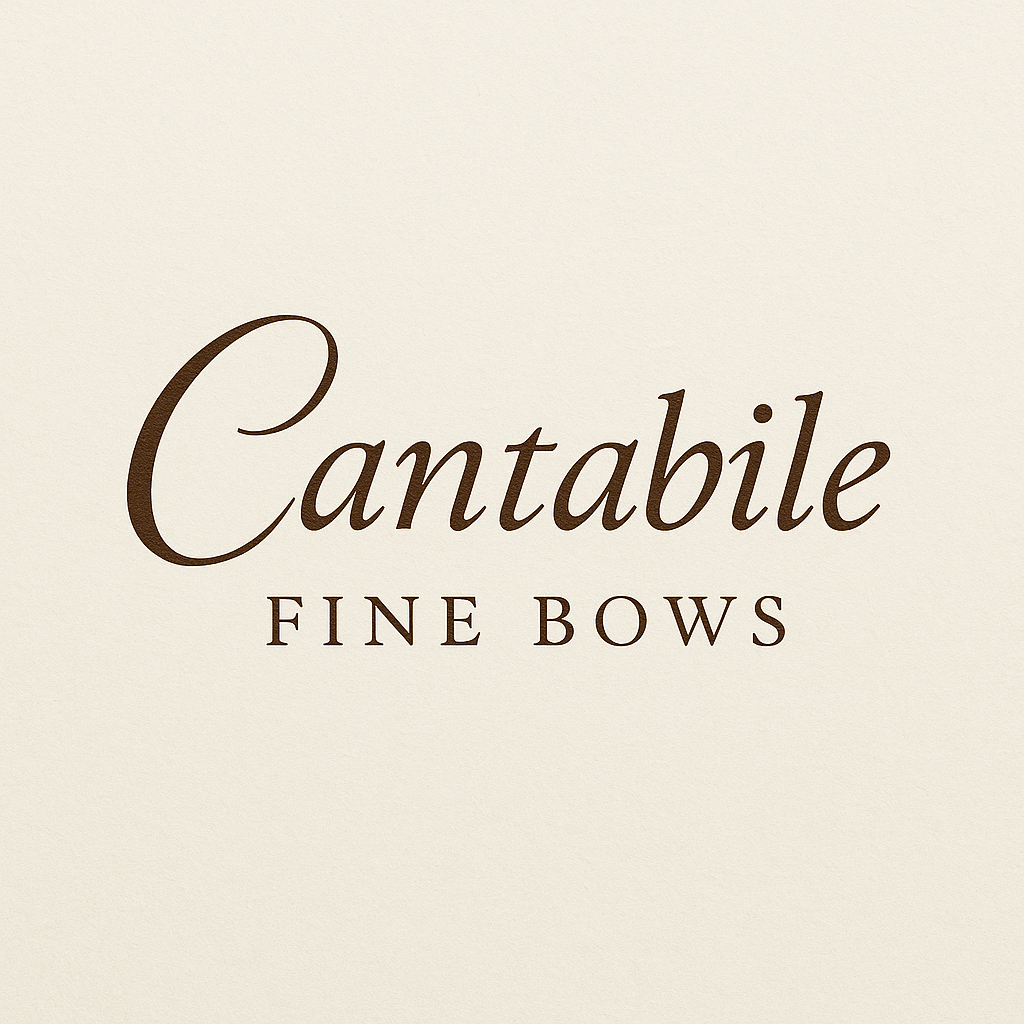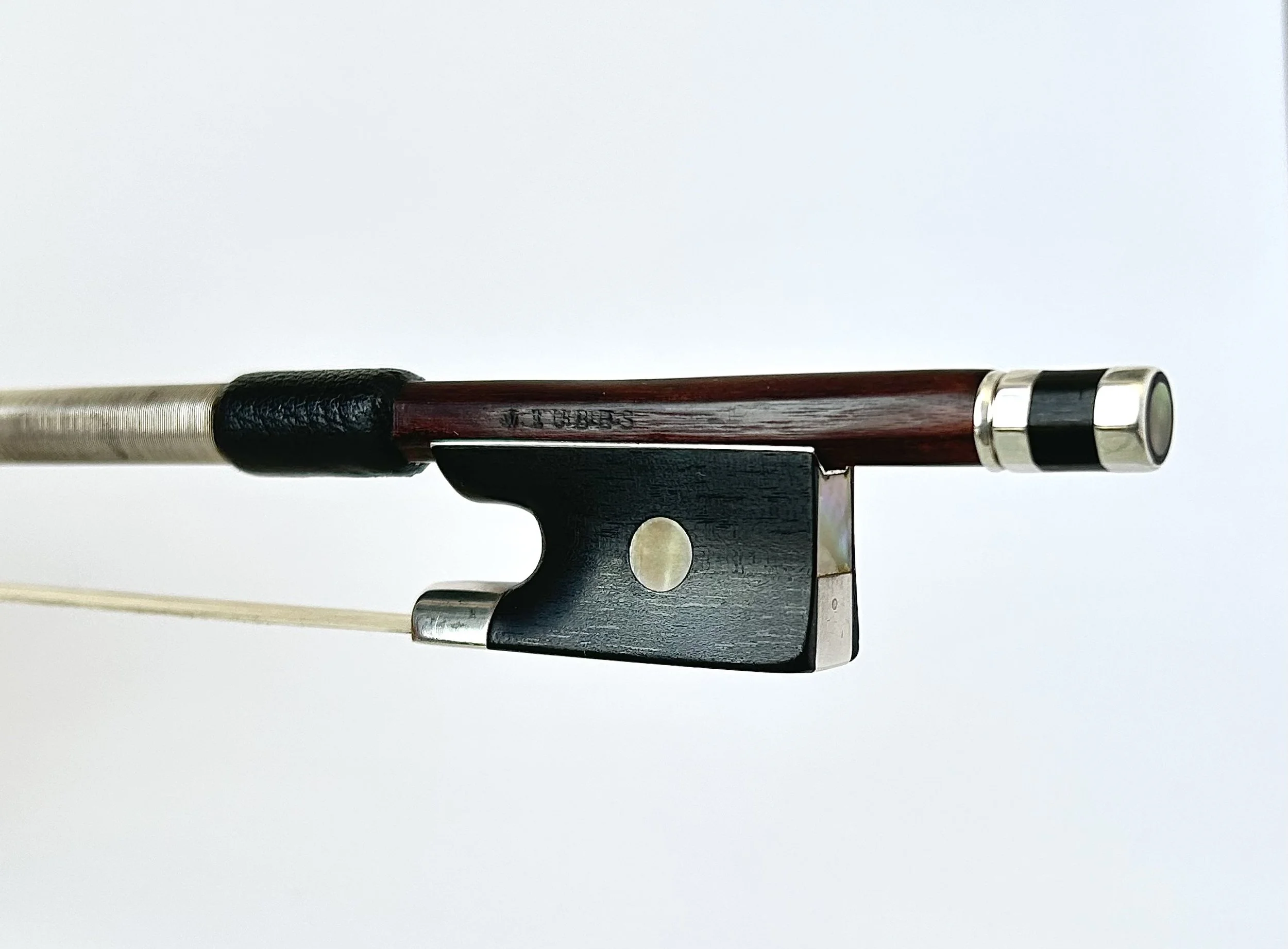James Tubbs: The English Tourte
At Cantabile Fine Bows, we often talk about bows not just as tools, but as vessels of history, craft, and character. Few bow makers embody that sentiment more than James Tubbs (1835–1921)—the most celebrated English archetier of the 19th century.
Often nicknamed “The English Tourte,” Tubbs’ work set a new standard for British bow making. His best sticks continue to be used and admired by leading players and collectors today.
A Family Tradition
Tubbs didn’t emerge in isolation—he was born into a bow-making dynasty. His father, William Tubbs, was a well-respected maker, and James began his training at his father’s bench. Across three generations, the Tubbs family established a distinct English style.
The Hill Connection: A Mark of Early Genius
In the early phase of his career, Tubbs worked for W.E. Hill & Sons, the legendary London firm.
.We’re lucky enough to have one of these rare early examples in our collection: you can just about make out that ‘J Tubbs’ has been stamped over ‘W E Hill ‘.
According to historical accounts, when Tubbs encountered one of his own creations branded with the Hill name, he reasserted authorship by stamping his own name directly over it.
🎶 What Makes a Tubbs Bow So Special?
More than just craftsmanship or history, a Tubbs bow is special because of the sound. There’s something in the way it connects to the string—drawing out depth, richness, and clarity that seems to come from within the violin itself.
Many players speak of a distinct sonic character and resonance that Tubbs bows offer. There’s a tonal core and immediacy that makes them ideal for solo or chamber playing. They seem to encourage the violin to speak more fully, more freely.
Could this be due, in part, to the exceptional Pernambuco Tubbs had access to in the 19th century? Quite possibly. The best early makers worked with old-growth Pernambuco that’s no longer really available today—dense, elastic, and acoustically alive.
Whether it’s the material, the maker’s hand, or an elusive alchemy between the two, one thing is certain:
A Tubbs bow doesn’t just play—it sings!
A Royal Bow Maker
Tubbs’ talents didn’t go unnoticed in his own time. He was appointed Bow Maker to the Duke of Edinburgh (Prince Alfred) and even featured a royal coat of arms on some of his bows. His work earned a gold medal at the 1885 International Exhibition, cementing his reputation as England’s finest.
Lasting Legacy
Whether played on stage or kept in a collection, a Tubbs bow bridges artistry and function in an extraordinary way. His influence on English bow making is still felt today, and his best bows are regularly seen in the hands of top professionals—and fetching significant sums at auction!

